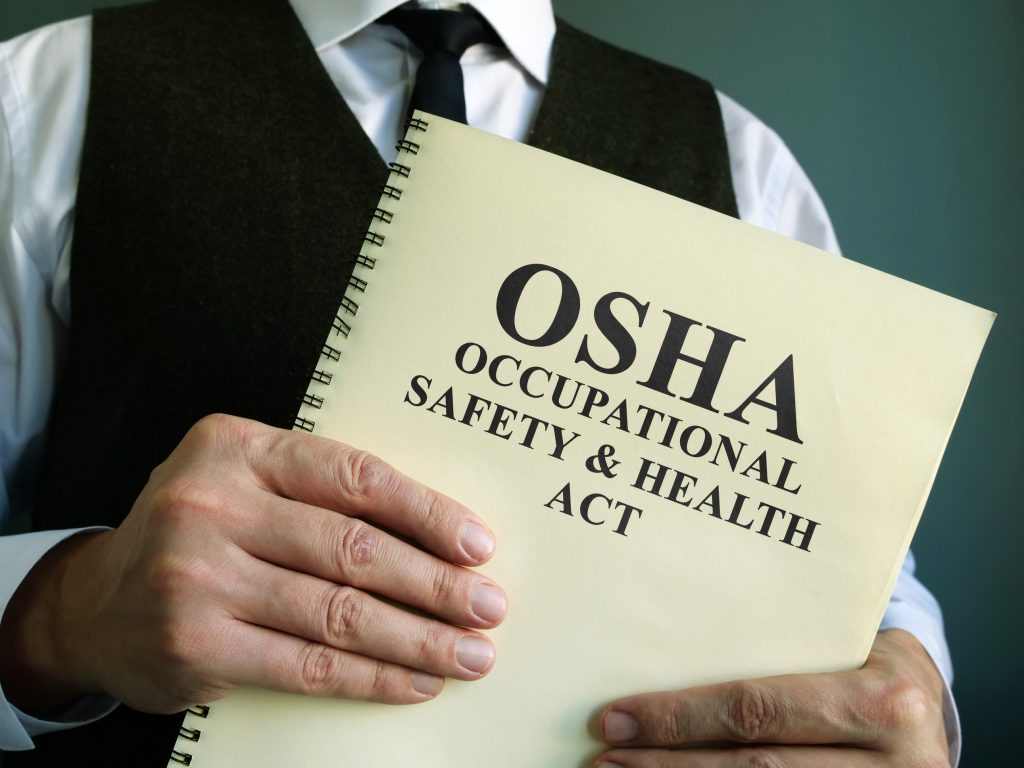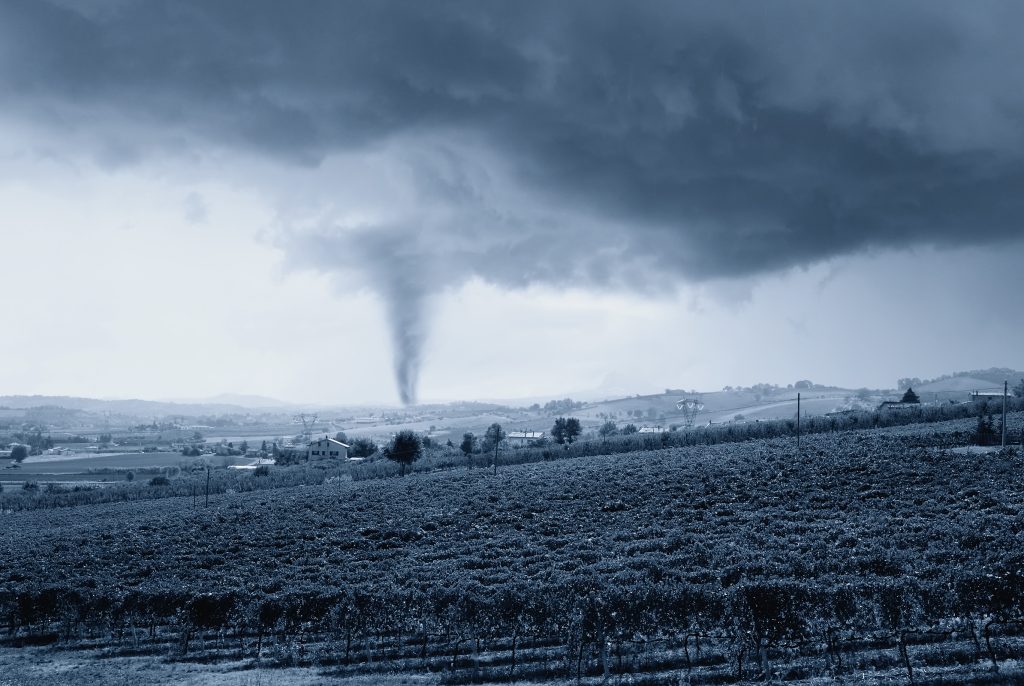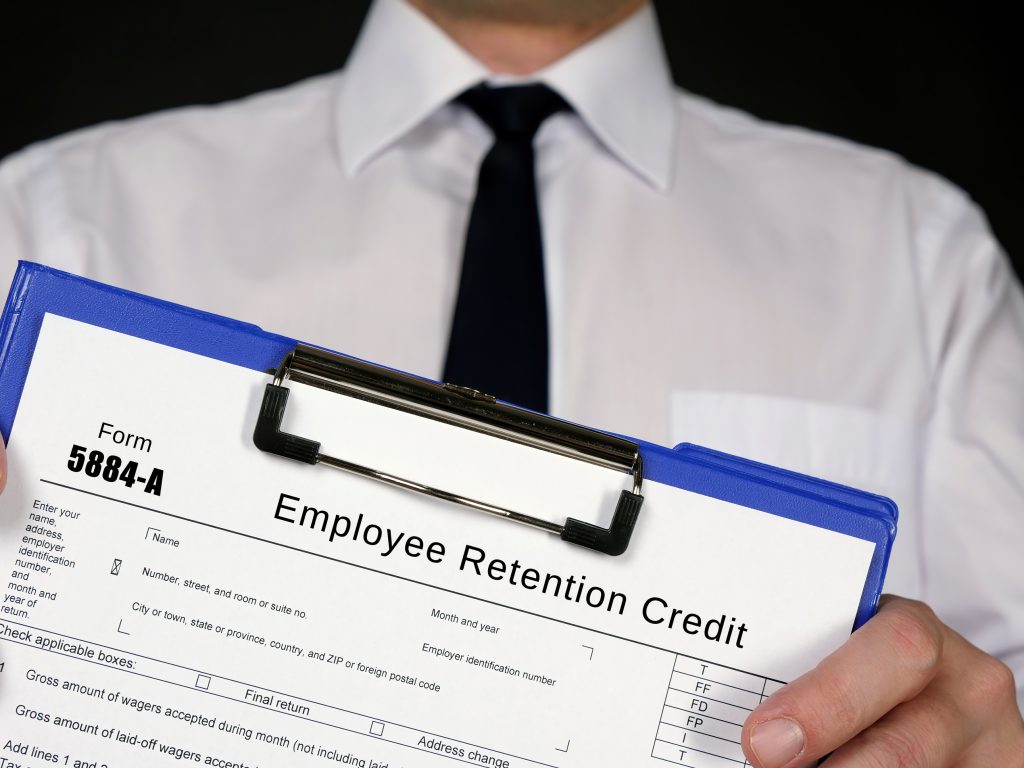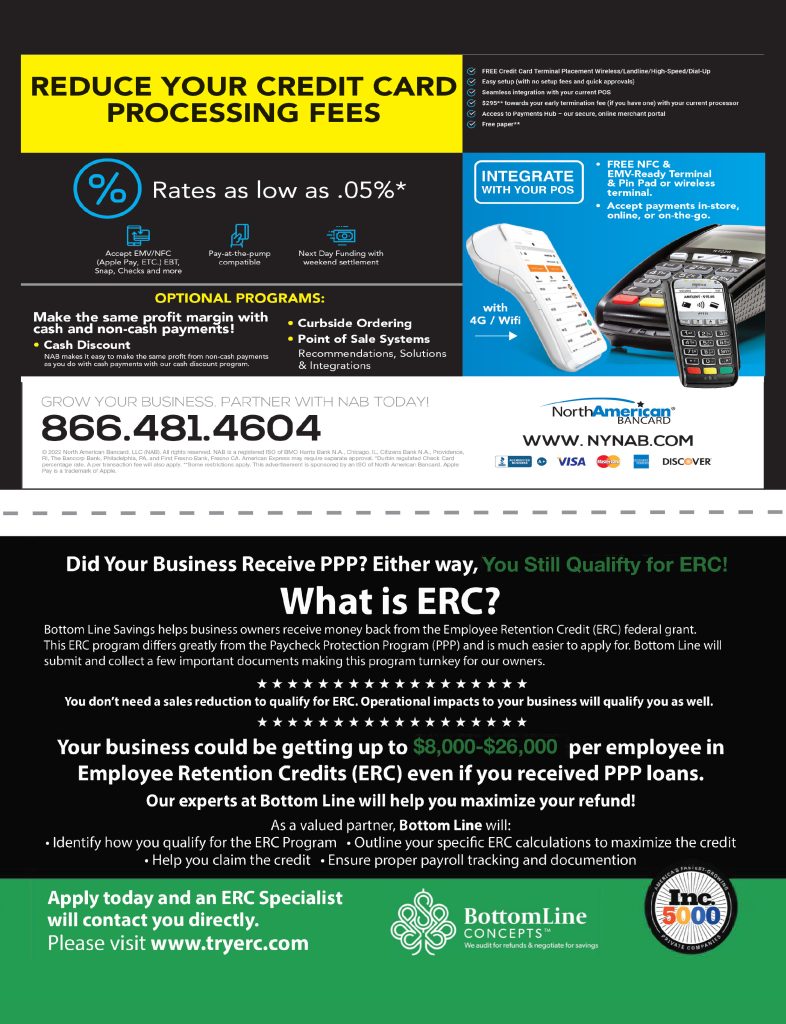Ensuring Your Website Complies with the ADA

By: Vanessa Ing, Farella Braun + Martel
In today’s digital age, having an online presence is crucial for businesses, including wineries, breweries, and other beverage companies. Accordingly, it’s essential to ensure that your beverage website meets federal standards for accessibility to avoid lawsuits and fines. In this article, we will help beverage companies understand how to comply with federal law and implement accessible features on their websites.
Why is Web Accessibility Important?
In 1990, Congress enacted the Americans with Disabilities Act (ADA). It prohibits businesses open to the public (otherwise known as “public accommodations”) from discriminating against people with disabilities in everyday activities. These everyday activities can include purchasing goods and services, or offering employment opportunities.
In March 2022, the U.S. Department of Justice issued web accessibility guidance, reiterating that ensuring web accessibility for people with disabilities is a priority for the Department. Relying on the ADA’s prohibition against discrimination and its mandate to provide equal access, Department of Justice emphasized that the ADA’s requirements apply to all the goods, services, privileges, or activities offered by public accommodations, including those offered on the web. The Department of Justice’s guidance was particularly timely given that many services moved online during the pandemic.
In its guidance, the Department of Justice explained that people with disabilities navigate the web in different ways: for example, those with visual impairments might require a screen reader that reads aloud text to the audience. Those with auditory impairments might require closed-captioning software, while those with impaired motor skills might require voice recognition software. A website, therefore, should be compatible with the full range of such software.
Is Your Beverage Company a “Public Accommodation” Business?
Public accommodations include businesses that sell goods and services, establishments serving food and drink, and places of recreation or public gathering. Companies that sell drinks, wineries that offer a tasting room, or breweries that host events are all considered public accommodations. Thus, those businesses’ websites must comply with the ADA by being accessible to people with disabilities.
It is an open question whether beverage companies without a physical location open to the public must still have ADA-compliant websites. Some jurisdictions, like the Ninth Circuit (which has jurisdiction over Alaska, Arizona, California, Hawaii, Idaho, Montana, Nevada, Oregon, and Washington), have tied the necessity of ADA-compliant websites to the existence of a brick-and-mortar location (Robles v. Domino’s Pizza, LLC). However, the Department of Justice, along with several federal circuit courts of appeals, has taken the position that even a public accommodation business without a physical location must have an ADA-compliant website.
Given the increased prevalence of online-only services open to the public, it is very likely that litigation over the next few years may resolve this open question. In the meantime, it is wise for beverage companies to take preventative caution and ensure that their websites are accessible.
What are some Website Accessibility Barriers?
To ensure ADA compliance, beverage companies must be aware of common website accessibility barriers. These include poor color contrast, lack of descriptive text on images and videos, mouse-only navigation, and more. By addressing these barriers, beverage companies can enhance the user experience for people with disabilities.
Six examples of website accessibility barriers highlighted in the DOJ’s accessibility guidance include:
Poor Color Contrast: Ensure sufficient color contrast between text and background to aid individuals with visual impairments or color blindness. Use color combinations that are easy to distinguish.
Use of Color Alone to Give Information: Avoid using color alone to provide information. Using color alone can be very disorienting for someone who is visually impaired or colorblind. Someone who is colorblind might not be able to distinguish between shades of gray. One solution might be to ensure that symbols conveying information are differently shaped.
Lack of Descriptive Alternative Text for Images and Videos: Provide descriptive text (alt text) for images and videos, allowing screen readers to convey the information to visually impaired users. This makes your content more accessible and inclusive.
No Closed Captions on Videos: Include closed captions for videos to accommodate individuals with hearing impairments. Utilize manual or automatic captioning options and review the captions for accuracy. Free options are available on the web.
Inaccessible Online Forms: Make online forms user-friendly for people with disabilities. Provide clear instructions before the form, ensure that a screen reader could recognize required fields and fields with special formatting, ensure keyboard-only navigation, use accessible labels for inputs, and display clear error messages. Note that an image-based CAPTCHA is not a fully accessible way to secure your form; your CAPTCHA should offer users who are visually impaired an audio alternative.
Mouse-Only Navigation: Enable keyboard-only navigation on your website to assist individuals with motor skill impairments or those who cannot use a mouse or see a mouse pointer on the screen. Make sure all interactive elements can be accessed using the tab, enter, spacebar, or arrow keys. Use a “Skip to Main Content” link to ensure that users employing only a keyboard can easily navigate the website’s primary content.
To implement these features, beverage companies should discuss accessibility concerns upfront with the web developer. Beverage companies should keep in mind that posting a phone number on a website to call for assistance, as commonly utilized by businesses, does not sufficiently provide equal access to the website and the services or goods provided.
Who can Sue Beverage Companies?
Non-compliance with ADA standards can lead to potential lawsuits. Although some courts have held that a nexus must exist between a private plaintiff’s disability and the web accessibility barrier claimed, a private plaintiff may easily surf the web for websites that are inaccessible. A private plaintiff may then file a lawsuit in federal court without first notifying the business. Further, liability under the ADA is strict, which means that the intent of the business to comply is immaterial. Thus, it is prudent for beverage companies to proactively address accessibility issues to avoid potential legal troubles.
Private lawsuits under the ADA can result in injunctive relief (a court order to comply with the ADA) and attorney fees. And in some states, like California, the state law version of the ADA may enable plaintiffs to demand monetary damages ($4,000 per violation of the ADA).
Government involvement, while less frequent, is possible in cases involving national retailers. If the Department of Justice observes a pattern or practice of discrimination, the Department will attempt to negotiate a settlement, and may bring suit on behalf of the United States. At stake are fines of up to $75,000 for the first ADA violation, and up to $150,000 for each subsequent violation.
What are the Rules for Website Accessibility?
Although the ADA itself does not spell out the rules for website accessibility, several sources provide detailed rules that can aid beverage companies in building accessible websites.
First, the ADA authorizes the Department of Justice to enforce the statute. Accordingly, the Department develops and issues regulations explaining how businesses must comply. Specifically, § 36.303 of the Electronic Code of Federal Regulations specifies that a public accommodation shall provide auxiliary aids and services when necessary to ensure effective communication with people with disabilities, and that a public accommodation should consult with people with disabilities whenever possible. The Department also issues administrative guidance, such as its March 2022 guidance described above.
Second, Section 508 of the Rehabilitation Act of 1973, which requires federal agencies to make their electronic and information technology accessible to people with disabilities, provides detailed guidance concerning the display screen ratios, status indicators, audio signals, and other accessibility features.
Third, the Web Content Accessibility Guidelines 2.1 (WCAG 2.1), which were originally designed by a consortium of four universities, provide highly specific web accessibility guidelines grounded on the idea that information on the web must be perceivable, operable, understandable, and robust. These guidelines are widely referenced in court cases and settlements with the Department of Justice, as the guidelines address numerous aspects of web accessibility and offer three different levels of conformance (A, AA, AAA). Beverage companies can consult the WCAG 2.1 guidelines (including a customizable quick reference guide, at https://www.w3.org/WAI/WCAG21/quickref/) to ensure their websites meet ADA compliance.
Looking Ahead
Web accessibility standards evolve over time, with updates being released periodically. Beverage companies should stay informed about changes and updates to ADA compliance regulations. For example, the WCAG 3.0 is scheduled for release in the latter half of 2023, further refining accessibility guidelines.
In sum, by understanding and identifying web accessibility barriers, and implementing necessary accessibility features, beverage companies can enhance user experiences and minimize the risk of legal repercussions. Embracing web accessibility is not only legally required but economically prudent in the long run, as it enables beverage companies to cater to a broad and varied audience, and demonstrates a commitment to inclusivity in the digital realm.
Vanessa Ing is a litigation associate with Farella Braun + Martel and can be reached at ving@fbm.com. Farella is a Northern California law firm representing corporate and private clients in sophisticated business and real estate transactions and complex commercial, civil and criminal litigation. The firm is headquartered in San Francisco with an office in the Napa Valley that is focused on the wine industry.







